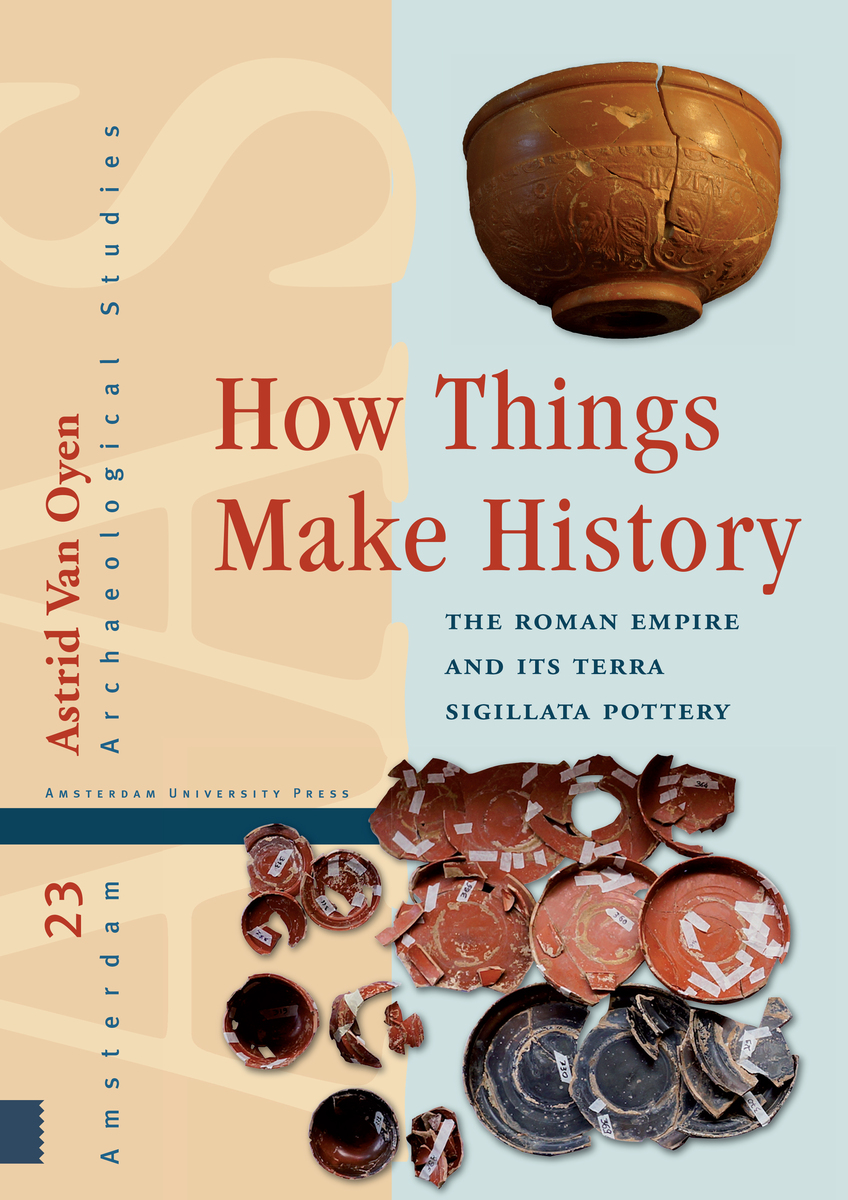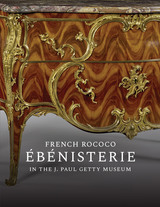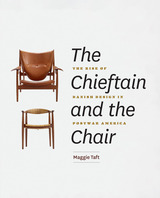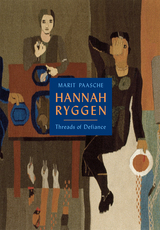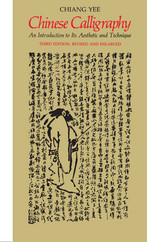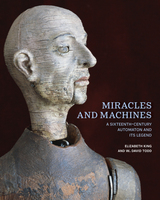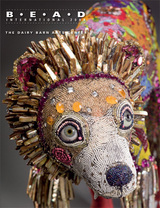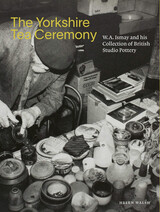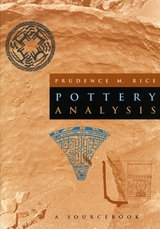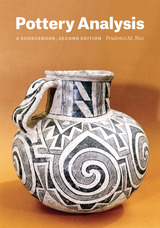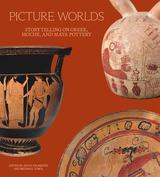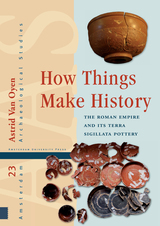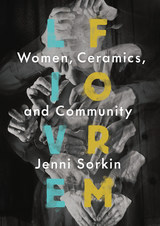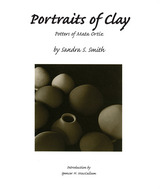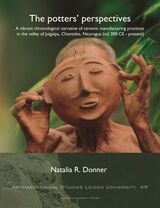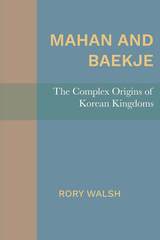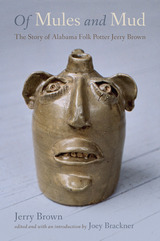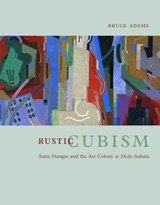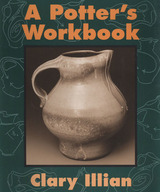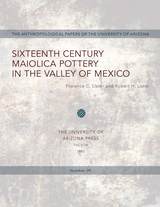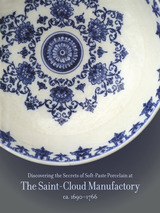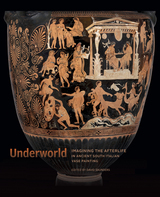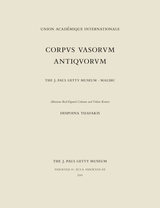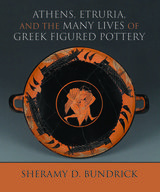How Things Make History: The Roman Empire and its terra sigillata Pottery
Amsterdam University Press, 2016
Cloth: 978-94-6298-054-9 | eISBN: 978-90-485-2993-3 (PDF)
Library of Congress Classification NK3850.V36 2016
See other books on: Archaeology | Civilization | Material culture | Roman Empire | Rome
See other titles from Amsterdam University Press
Cloth: 978-94-6298-054-9 | eISBN: 978-90-485-2993-3 (PDF)
Library of Congress Classification NK3850.V36 2016
ABOUT THIS BOOK | AUTHOR BIOGRAPHY | REVIEWS | TOC
ABOUT THIS BOOK
Bright red terra sigillata pots dating to the first three centuries CE can be found throughout the Western Roman provinces. The pots' widespread distribution and recognisability make them key evidence in the effort to reconstruct the Roman Empire's economy and society. Drawing on recent ideas in material culture, this book asks a radically new question: what was it about the pots themselves that allowed them to travel so widely and be integrated so quickly into a range of contexts and practices? To answer this question, Van Oyen offers a fresh analysis in which objects are no longer passive props, but rather they actively shape historical trajectories.
See other books on: Archaeology | Civilization | Material culture | Roman Empire | Rome
See other titles from Amsterdam University Press
